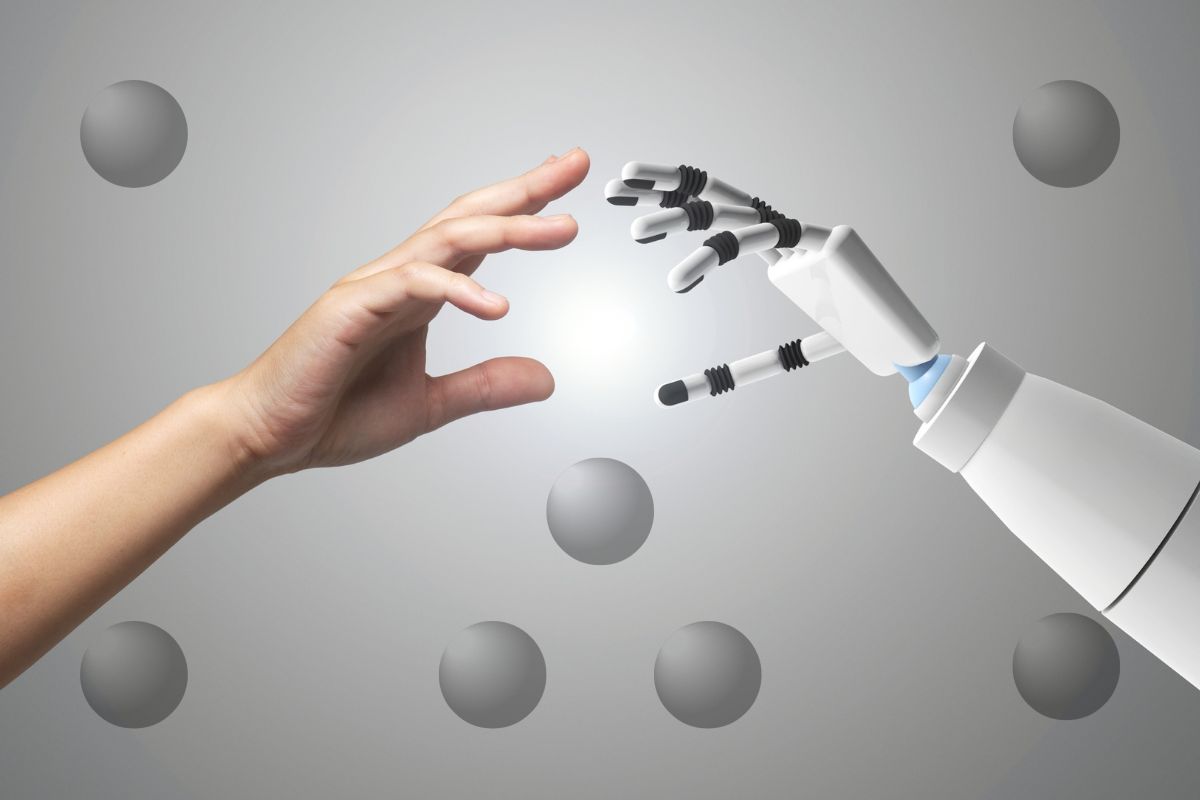
7 Areas Where Manual Editing Outperforms AI in Product Retouching
Ansu Man | April 2, 2025 | Categories: Retouching | 0 comments
AI retouching has been gaining currency lately. Will it replace hand editing completely? Are there issues with them? Are there areas where manual retouching really outperforms AI when it comes to product retouching?
Indeed, AI offers speed and efficiency, but it lacks in precision, creativity and brand-specific customization. Human editors, on the other hand, excel in areas that give products a premium look and help brands maintain their edge over competitors.
1. Consistency
It seems AI still has a long way to go when it comes to offering brand-specific tweaking. Manual retouching does not rely on generalized presets, but works meticulously to create unique settings specific to a brand and maintain the same across all products.
In particular, it ensures consistent colors across different product batches, uniform lighting across multiple images in a catalog, and precise adjustments based on brand guidelines and audience preferences. For example, luxury products need a consistent color tone across all product photos, which only manual retouching can ensure.
2. Precision
Automated background removers often struggle with complex product edges, especially those that involve transparency, intricate design and fine details. For example, AI may fail to separate thin glassware edges from the background, creating unwanted artifacts.
Professional retouching uses clipping path and advanced masking techniques that ensure pixel-perfect selections. Furthermore, it can ensure natural-looking shadows and reflections for depth and realism, and clean background removals without edge distortions or fringing.
3. Preservation
While removing imperfections, AI often over-smooths surfaces and make the product images look fake. Take the example of a leather wallet. AI might blur or over-soften the grain texture whereas a human professional tries hard to preserve the same while removing scratches.
In fact, hand retouching becomes vital when you need to ensure preservation of natural textures, such as leather, fabric weaves or metallic surfaces. Also, it helps in ensuring fine control over blemish removal without losing realism and in avoidance of AI’s common plastic-like appearance in products.
4. Realism
Realistic images not only attract customers but also help build trust among them. Customers are less likely to return a product if it is truly represented by the image that they see before buying. AI-generated shadows and reflections often appear unnatural and fail to match the light source, reducing the realism of the product image.
Manual retouching, on the other hand, ensures soft, realistic shadow placement based on product dimensions. Moreover, it can help ensure custom shadow intensity to suit different marketplaces and accurate reflections on glossy and metallic surfaces without distortion.
5. Color Accuracy
When it comes to realism, color accuracy becomes a major concern for images retouched using AI tools. Shifting tones due to lighting differences in raw images, overcorrection and tendency to make a tint too warm or too cool are among the issues that only human professionals can do justice.
Professionals ensure precise color correction for accurate representation, neutral white balance adjustments without unwanted color casts, and targeted hue/saturation refinements instead of broad adjustments to match a product image with its real-life appearance.
6. Restoration Without Losing Details
AI tools may not have an eye for details when working on a product’s surface. They often miss subtle defects or over-edit product details, making them look unnatural. Removal of unwanted imperfections may often result into erasing of important engravings or details.
Human editors work on multiple layers to restore a product without affecting its natural texture and details. They ensure selective blemish removal, restoration of damaged product details, and manual healing and cloning to deal with unwanted issues common with using AI tools.
7. Luxury Product Enhancement
AI retouching lacks meticulous attention to details. Luxury watches, for example, have intricate reflections and lights, which must be adjusted correctly when attempting to enhance the product surfaces.
Professional product retouchers ensure high-end polishing techniques suitable for jewelry, watches and designer accessories. They try to maintain authenticity with precise metal and gemstone enhancement. Finally, they ensure a premium, sophisticated look with subtle refinements.